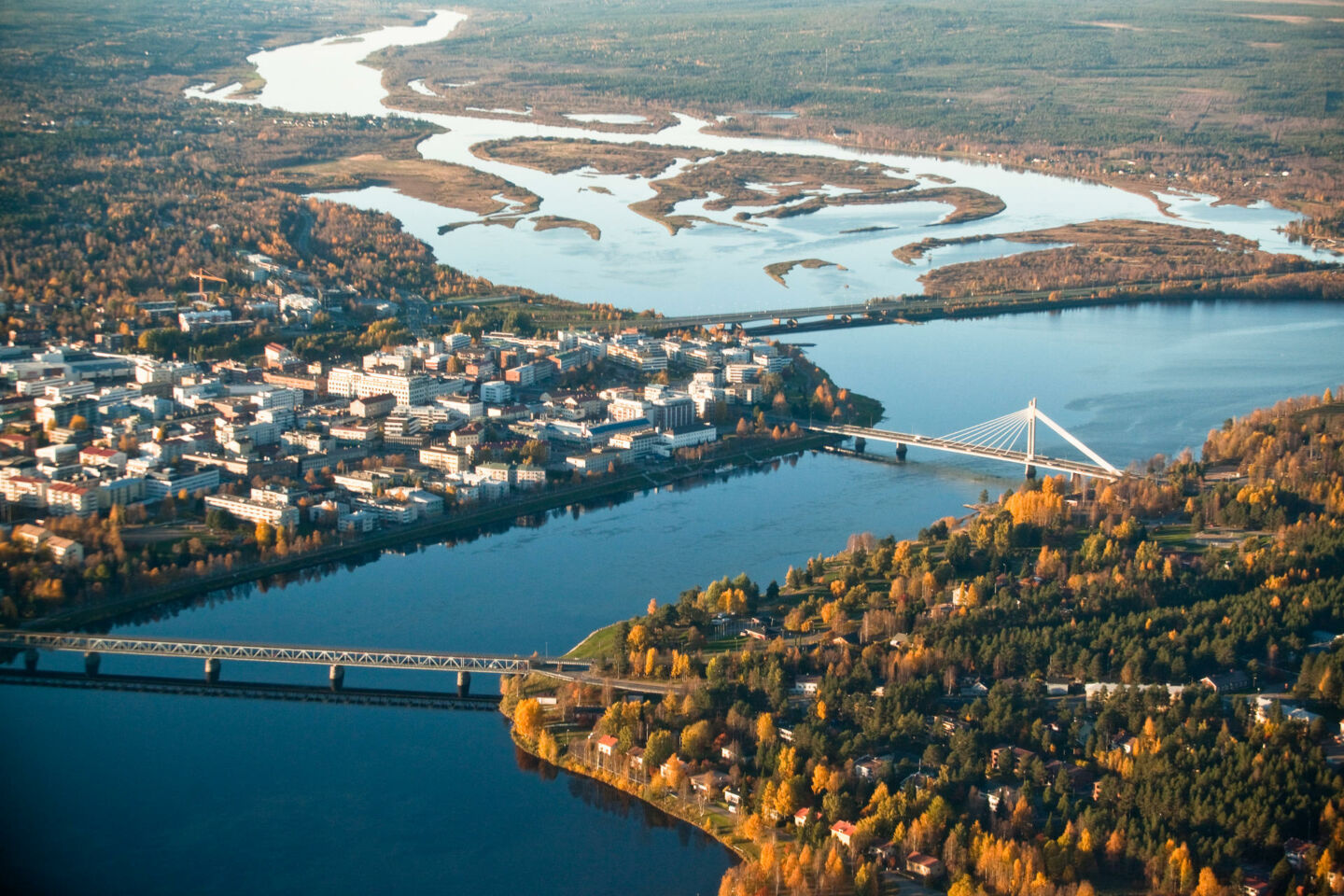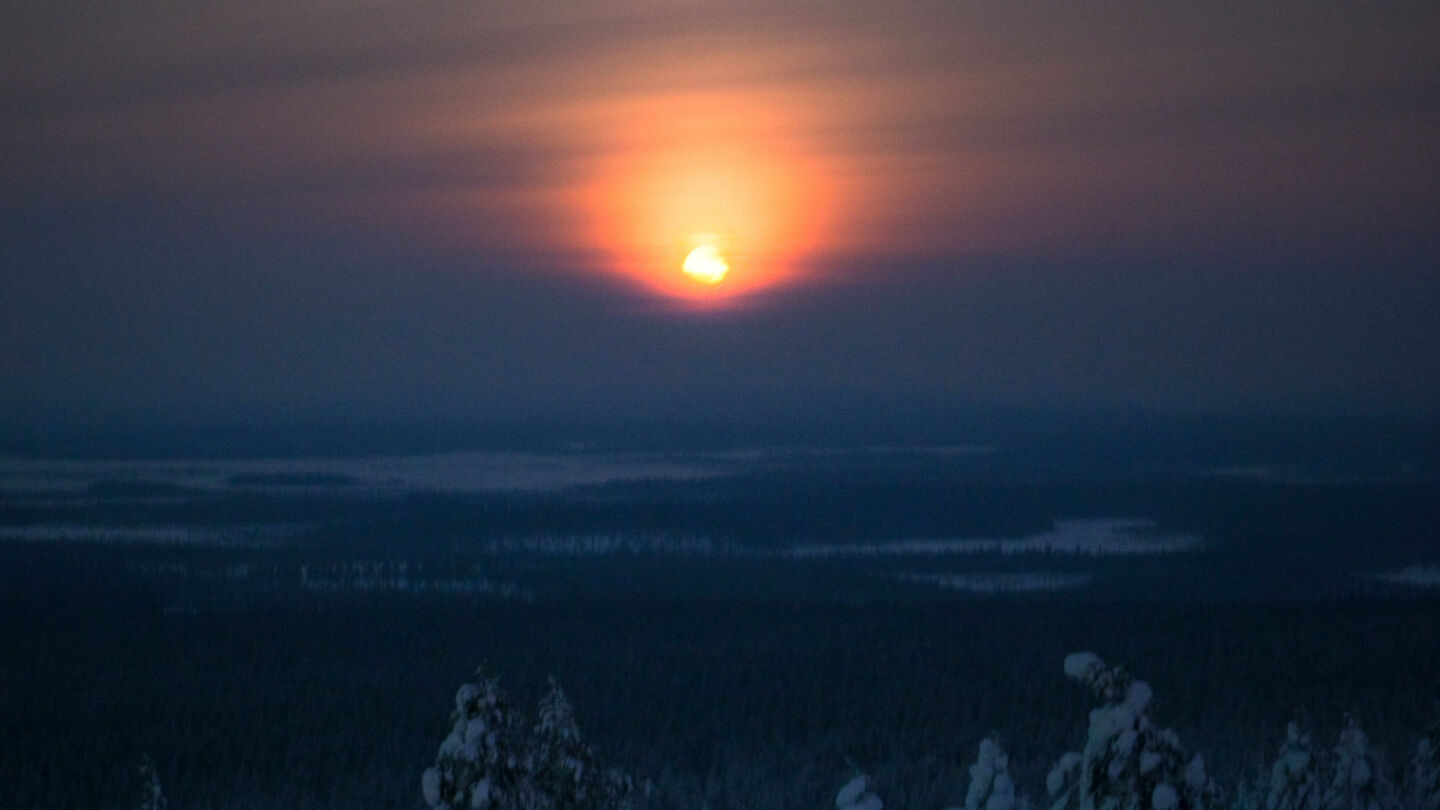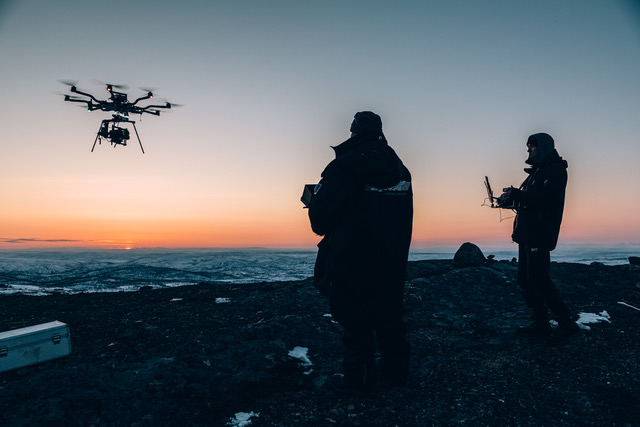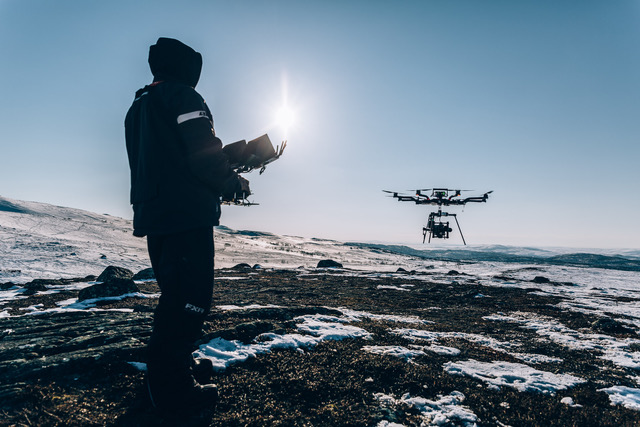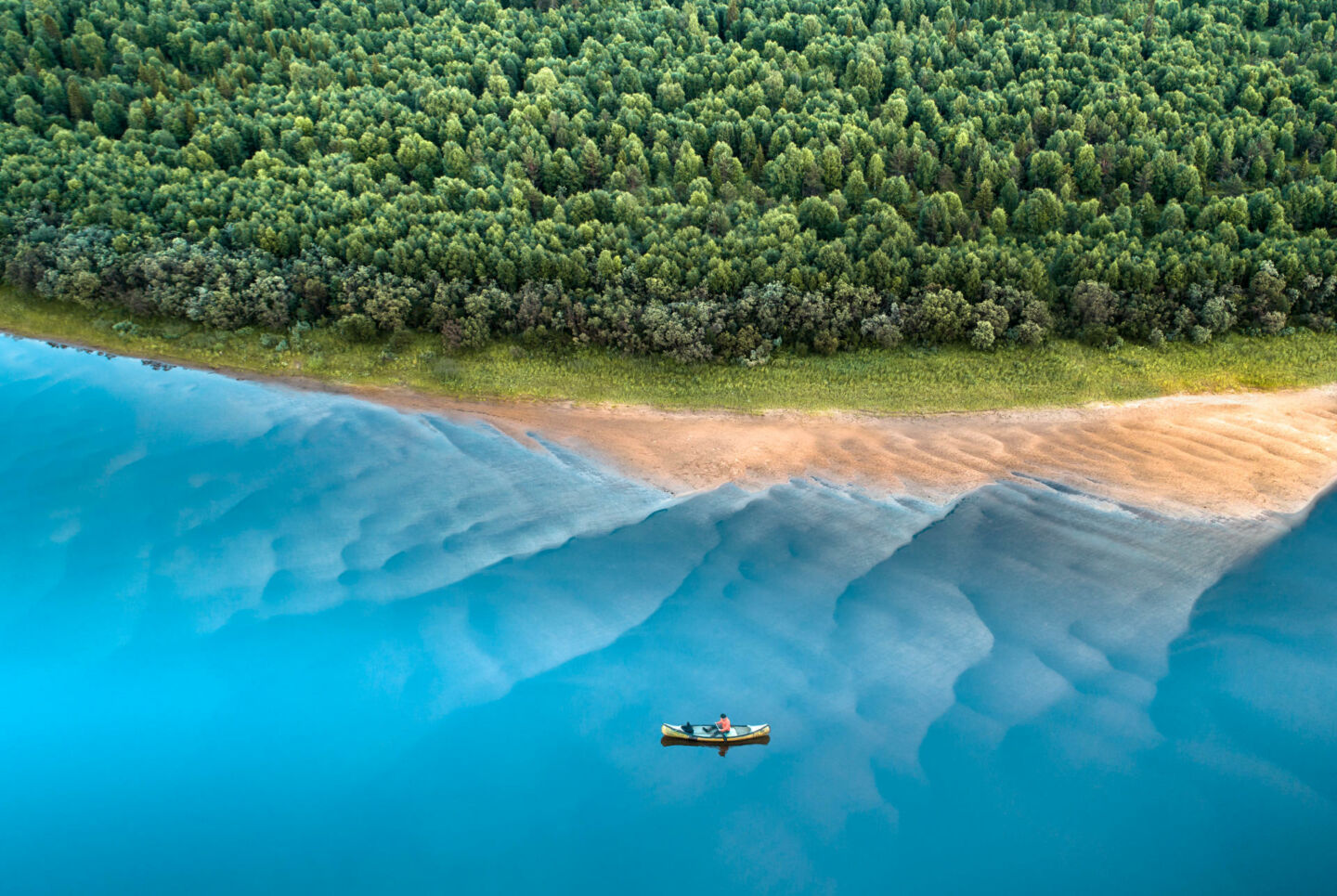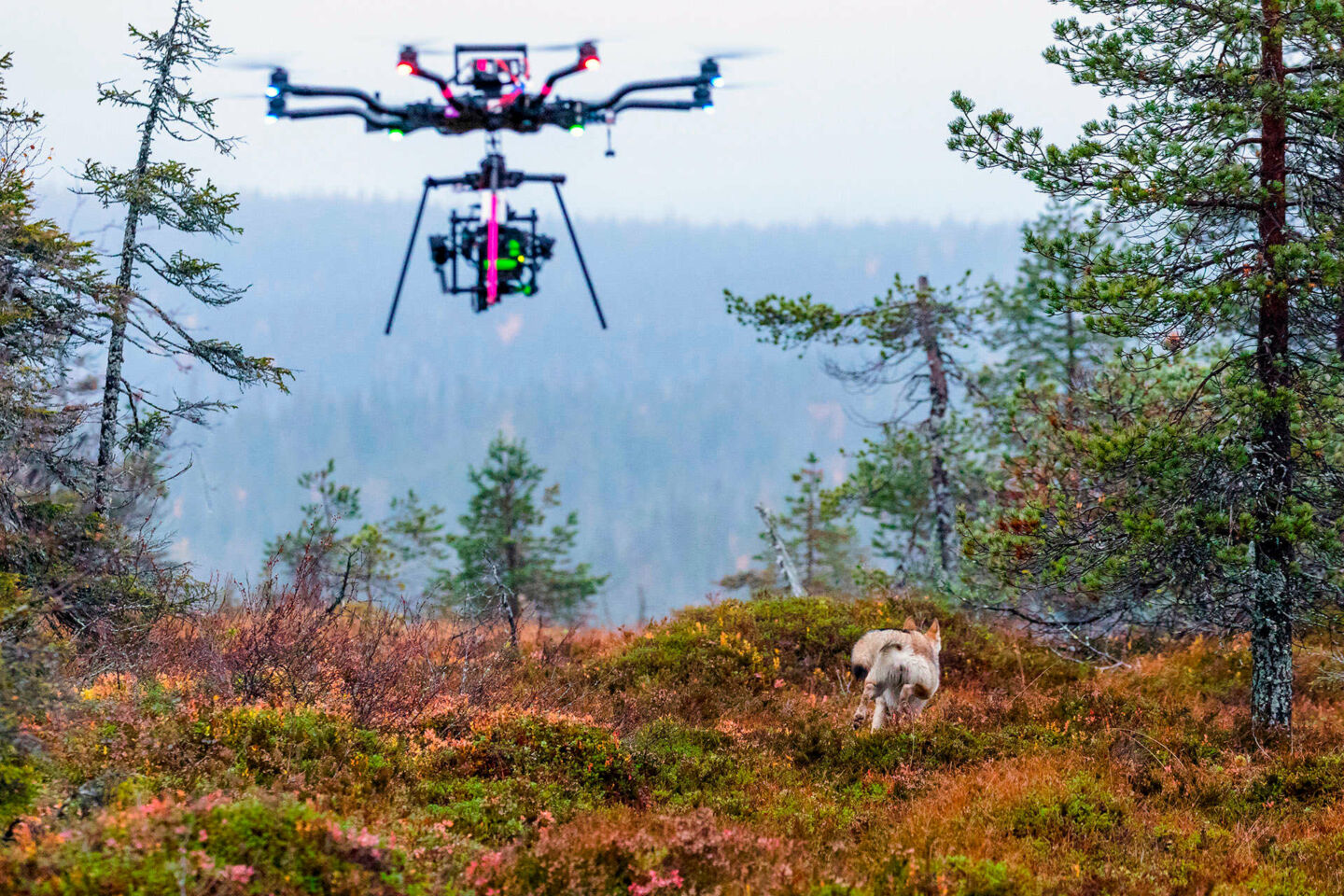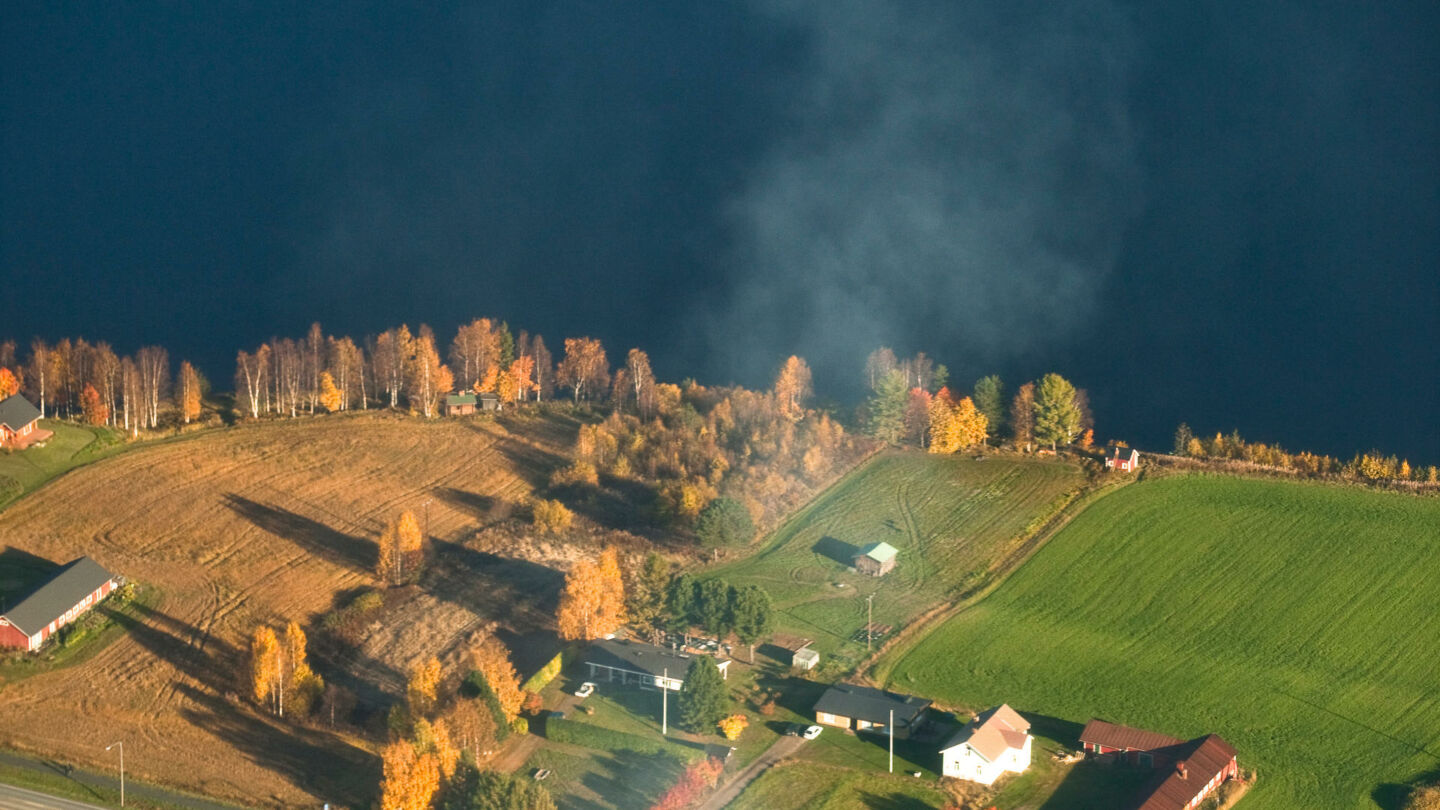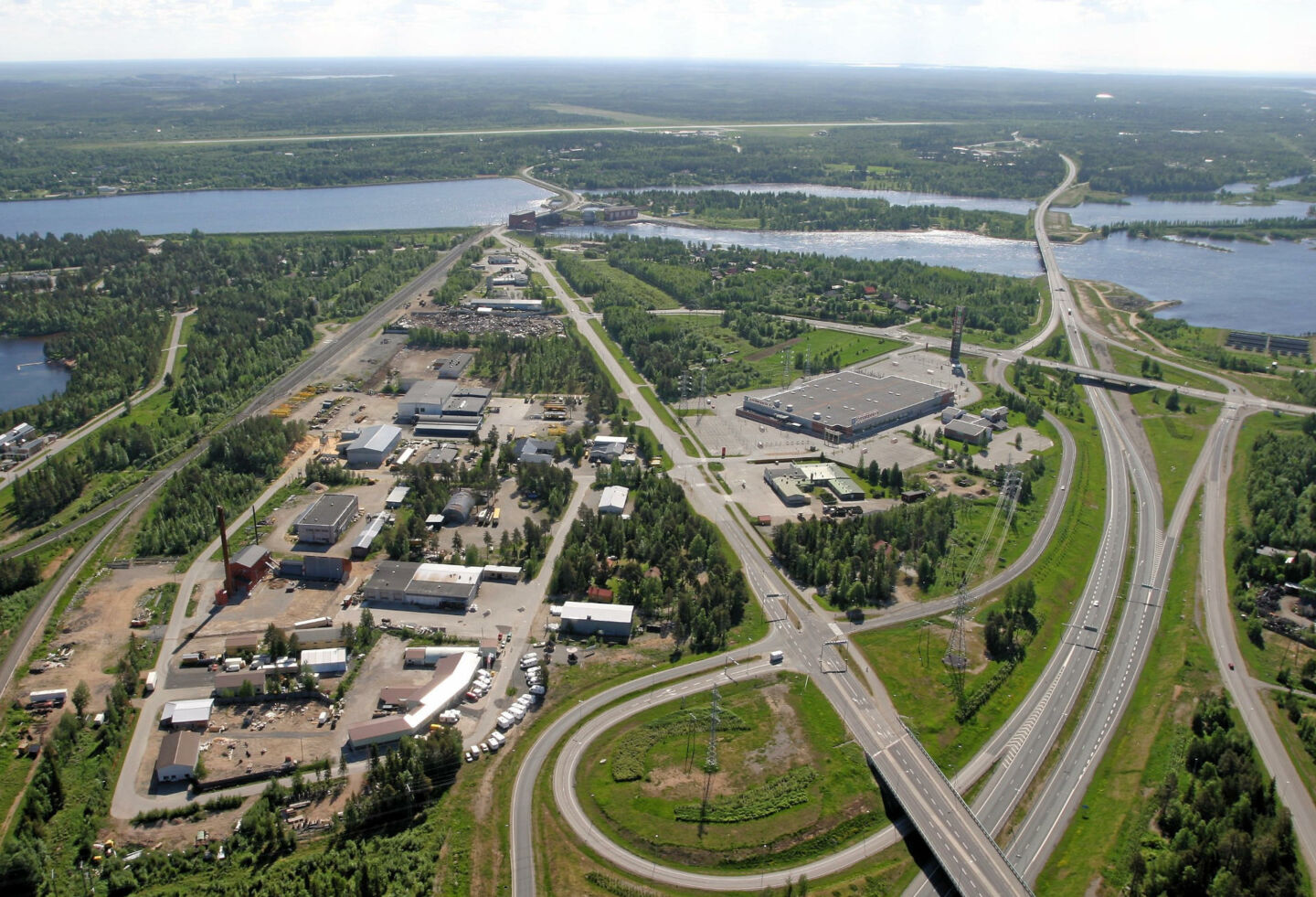Drone filming in Lapland makes cinematic Arctic vistas cheaper and easier than ever before. Here’s some regulation info and winter filming tips from production professionals.
If you are planning to capture aerial shots in Lapland, there are a few things to take into consideration before taking off your drone. Here is a brief overview of your responsibilities, how to use drones in cold Arctic weather, and Lapland aerial photography services.
Drone regulations
EU drone regulations apply in Finland, and a new, full set of regulations was implemented at the beginning of 2023. You don’t need to complete the examination if you fly drones that are both under 250g and have no cameras. Here, we’ve put together a summary of the regulations that pertain to what is called the Open Category – that is, drone operations where the visual contact remains during the flying, the flying height remains less than 120 meters, and the drone weighs less than 25 kg. While the following list is by no means comprehensive, it should give you a good idea of what to expect and what is expected of you when flying a drone.
- Remote pilots must be aged 12 or older, and drone operators must be 18 or older.
- All remote pilots must register as operators and pass an online examination.
- You are obligated to comply with the UAS geographical zones.
- Insurance is mandatory for drones that weigh over 20 kg; otherwise, it is highly recommended.
- Each drone must be marked with the flyer’s contact information.
- Logs on flight information must be kept.
- You may not fly near or above crowds of people.
- All accidents or incidents must be reported.
The Open Category is subcategorized as follow:
| Open A1 | Open A2 | Open A3 |
| CE markings: C0 and C1 Max. weight: 900 grams |
MaximCE markings: C2um Max. weight: 4 kg |
CE markings: C2, C3 & C4 Max. weight: 25 kg |
| Flights are permitted over scattered people, but not over crowds |
Flights are permitted at a safe distance from all people | Flights are permitted far away from people and settlements |
| Training requirement:
The remote pilot of a device weighing more than 250 grams must have completed the online examination |
Training requirement:
Online examination and an additional supervised examination on theoretical knowledge |
Training requirement:
Online examination |
Source: DroneInfo
Permits and written permission are required for some drone filming. Flying beyond visual line of sight (BVLOS) and operating near airports or other restricted areas also have more stringent requirements. If you need details or help to obtain a permit, Film Lapland is always happy to help.
DroneInfo is the best resource for information on drone regulations in Finland. Aviamaps is a real-time aviation map platform that includes flight planning tools.
Drones & Cold
Operating temperatures for drones vary, depending on make and model, but when filming at subzero temperatures, here are a few things to keep in mind from aerial DOPs Ilmari Mannermaa, Joonas Mattila and Niko Juntunen and drone pilot Markku Rytinki from Flatlight Creative House.
— In winter, the cold is your biggest enemy. It freezes your fingers and propellers. Always keep your gloves on and avoid flying in moist air. Believe it or not, your mind will also function slower, making decisions more difficult. This happens to people who don’t have experience in a cold environment, and they’ll use a lot of energy to keep warm.
— Up north, everything is covered in snow. That’s what you’re looking for, but have you thought about how to move to your dream location? It usually requires local knowledge and transportation tools like snowmobiles and snowshoes to get your drone equipment to the location in one piece.
Drones are mechanical beings, and at low temperatures, propellers can freeze, servos might lock up, or sensors can frost over or give false readings. This is especially true on foggy or snowy days. (Fog and snow also limit your visibility, so watch where you’re flying.)
Finally, battery performance can drop in cold weather, so it’s a good idea to carry along lots of extra batteries, keep an eye on the battery indicator, and be skeptical. Estimated flying time and battery life can off by 10% or more in subzero temperatures.



